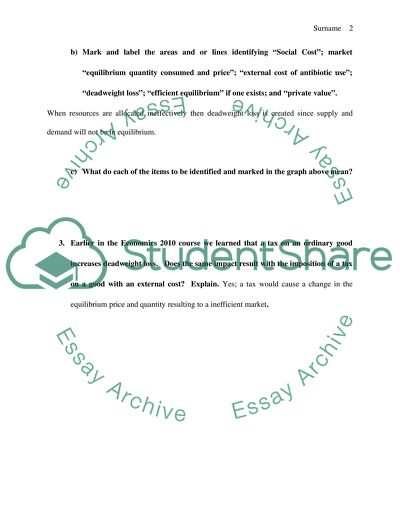Cite this document
(Questions in the Economics 2010 Course Assignment, n.d.)
Questions in the Economics 2010 Course Assignment. Retrieved from https://studentshare.org/macro-microeconomics/1606138-econ2010-4
Questions in the Economics 2010 Course Assignment. Retrieved from https://studentshare.org/macro-microeconomics/1606138-econ2010-4
(Questions in the Economics 2010 Course Assignment)
Questions in the Economics 2010 Course Assignment. https://studentshare.org/macro-microeconomics/1606138-econ2010-4.
Questions in the Economics 2010 Course Assignment. https://studentshare.org/macro-microeconomics/1606138-econ2010-4.
“Questions in the Economics 2010 Course Assignment”, n.d. https://studentshare.org/macro-microeconomics/1606138-econ2010-4.


